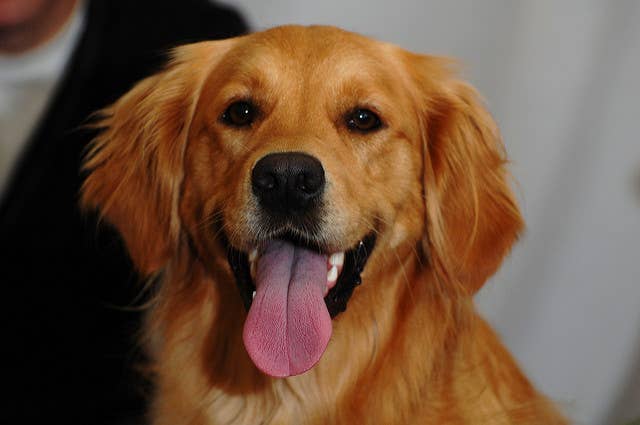
The longstanding relationship between humans and dogs has given us some pretty incredible stories: dogs that run marathons, for example, or dogs that can sniff out cancer, or chill dogs that skateboard and break world records. But unfortunately just because dogs have been great friends to us doesn't mean humans have always done what's best for them. Scientific advances have given us new ways to breed—and even clone—our canine pals, but unfortunately that type of genetic alteration doesn't always work in a breed's favor.
A post on the blog Science and Dogs describes exactly what 100-plus years of breeding has done to dogs. For the most part, it isn't good. When human breeders select for traits they find aesthetically pleasing in dogs, the dog breed often develops health complications related to those traits. For example, human breeder selection for roly-poly pugs with cute squished faces has given pug dogs respiratory problems and made them more likely to develop "skin fold dermatitis." Some more examples include:
The Basset Hound has gotten lower, has suffered changes to its rear leg structure, has excessive skin, vertebra problems, droopy eyes prone to entropion and ectropion and excessively large ears.
In conclusion, people ruin everything. Check out the full post here.

